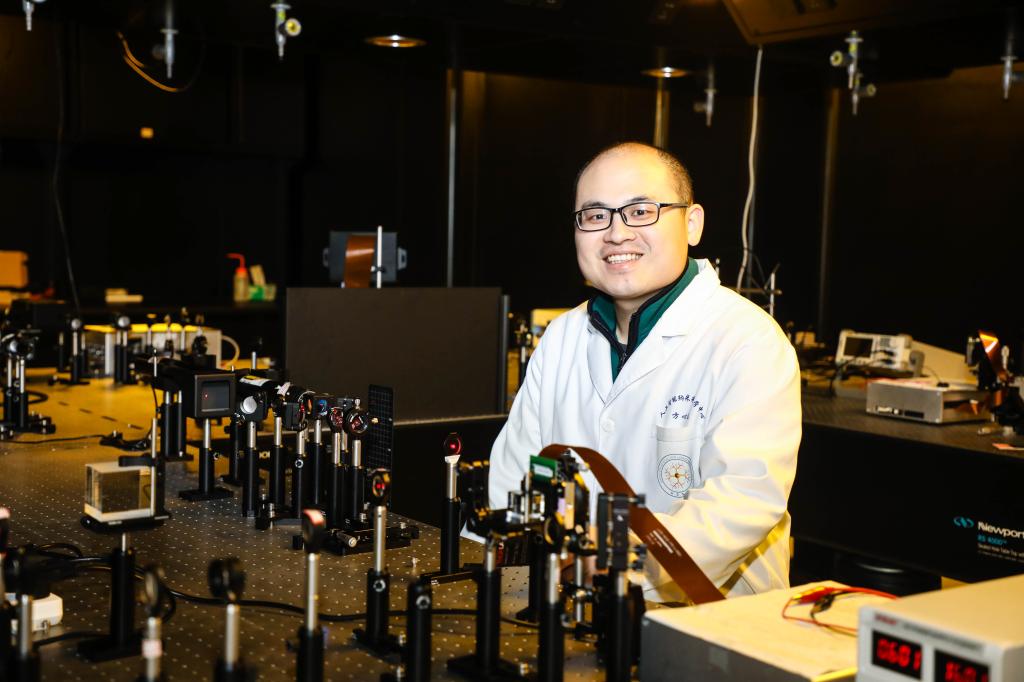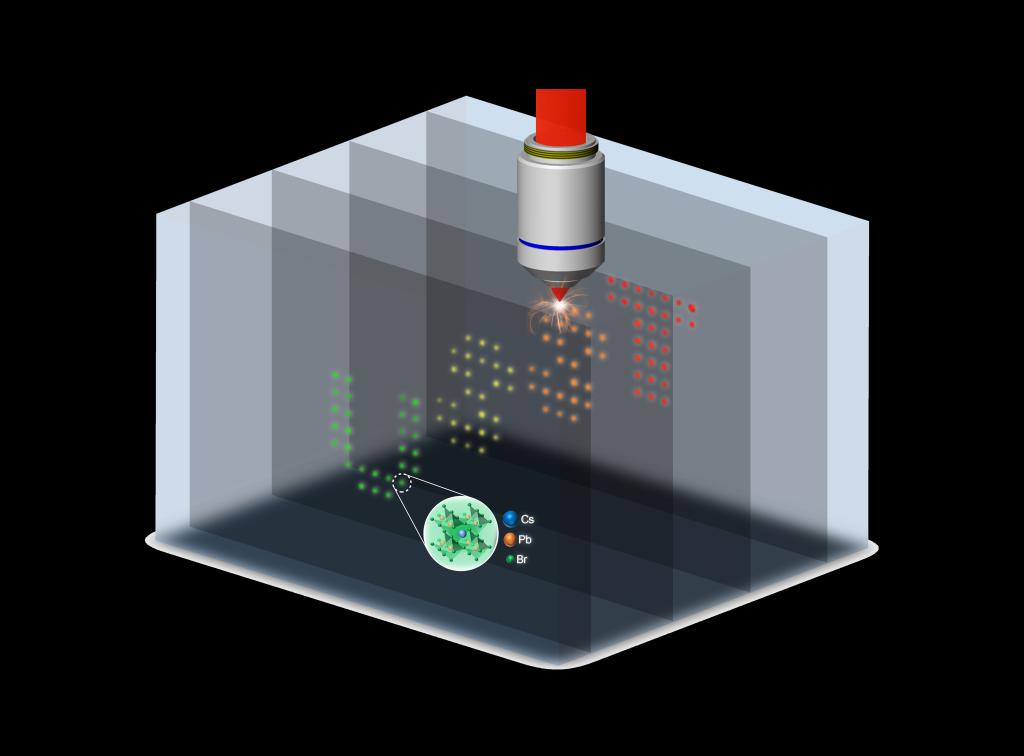
From the floating-in-the-air images in the movie "Star Wars" to the four copies of the pop singer Li Yuchun on the stage of the 2015 Spring Festival Gala, more people are getting to know the concept of stereoscopic display. Holographic technology, which provides a way to reproduce complete three-dimensional information, is widely regarded as the most promising technique to achieve stereoscopic display. In addition to displaying technology, holography also has important application in data storage, encryption, imaging, and optical computing. Its inventor, Dennis Gabor, was awarded the 1971 Nobel Prize in Physics for his great contributions. While holography offers the ability to generate the three-dimensional light field information, the stereoscopic display still poses a big challenge since most of the current display photosensitive arrays are distributed in a two-dimensional plane.
The researchers of the Institute of Photonic Chips (IPC) led by Professor Gu Min at University of Shanghai for Science and Technology (USST), in collaboration with Professor Qiu Jianrong’s team from Zhejiang University and Dr. Tan Dezhi ’s team from Zhejiang Laboratory, have made a major breakthrough in the holographic display based on nanomaterials. On January 21, they published their research titled "Three-dimensional direct lithography of perovskite nanocrystals" in Science. In this work, a novel stereoscopic color display has been realized by controlling the three-dimensional (3D) semiconductor quantum structure inside a colorless and transparent glass.


In recent years, a group of young researchers from the Institute of Photonic Chips at USST have been working in the field of holography, and made a series of influential achievements, which have attracted world-wide attention. In this work, the co-first author, Dr. Fang Xinyuan has applied holographic technology to the nanocomposite material designed by Zhejiang University. With the combination of the wavefront compensation technology, these researchers have successfully illuminated the three-dimensional distribution of quantum dots through the control of the holographic light field. The dynamic stereoscopic color holographic display is achieved for the first time.
“The year of 2021 marks the 50th anniversary of holography winning the Nobel Prize.” Dr. Fang Xinyuan said, “The successful realization of the holography display in perovskite nanocomposite materials is of great significance to optical artificial intelligence."
Professor Gu Min mentioned that the world's most impactful research achievements are inseparable from interdisciplinary collaborations. This is proved again by the concerted efforts between USST and Zhejiang University that interdisciplinary and cross-campus collaborations are vital in achieving disruptive breakthroughs.
Link to the paper:https://www.science.org/doi/10.1126/science.abj2691

 Home
·
News & Events
·
Content
Home
·
News & Events
·
Content

